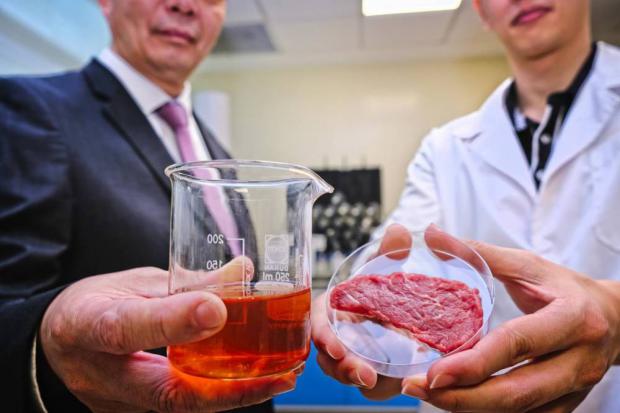
Breaking News
 Silver up over $2.26... Today! $71.24 (and Gold close to $4500)
Silver up over $2.26... Today! $71.24 (and Gold close to $4500)
 GARLAND FAVORITO: More and more fraud from the 2020 election in Fulton County, Georgia...
GARLAND FAVORITO: More and more fraud from the 2020 election in Fulton County, Georgia...
 Rep. Matt Gaetz tells Tucker Carlson that agents of the Israeli govt tried to blackmail his...
Rep. Matt Gaetz tells Tucker Carlson that agents of the Israeli govt tried to blackmail his...
 Trump: We need Greenland for national security… you have Russian and Chinese ships all over...
Trump: We need Greenland for national security… you have Russian and Chinese ships all over...
Top Tech News
 Travel gadget promises to dry and iron your clothes – totally hands-free
Travel gadget promises to dry and iron your clothes – totally hands-free
 Perfect Aircrete, Kitchen Ingredients.
Perfect Aircrete, Kitchen Ingredients.
 Futuristic pixel-raising display lets you feel what's onscreen
Futuristic pixel-raising display lets you feel what's onscreen
 Cutting-Edge Facility Generates Pure Water and Hydrogen Fuel from Seawater for Mere Pennies
Cutting-Edge Facility Generates Pure Water and Hydrogen Fuel from Seawater for Mere Pennies
 This tiny dev board is packed with features for ambitious makers
This tiny dev board is packed with features for ambitious makers
 Scientists Discover Gel to Regrow Tooth Enamel
Scientists Discover Gel to Regrow Tooth Enamel
 Vitamin C and Dandelion Root Killing Cancer Cells -- as Former CDC Director Calls for COVID-19...
Vitamin C and Dandelion Root Killing Cancer Cells -- as Former CDC Director Calls for COVID-19...
 Galactic Brain: US firm plans space-based data centers, power grid to challenge China
Galactic Brain: US firm plans space-based data centers, power grid to challenge China
 A microbial cleanup for glyphosate just earned a patent. Here's why that matters
A microbial cleanup for glyphosate just earned a patent. Here's why that matters
 Japan Breaks Internet Speed Record with 5 Million Times Faster Data Transfer
Japan Breaks Internet Speed Record with 5 Million Times Faster Data Transfer
Natural preservative could keep foods fresh longer than ever

Developed at Nanyang Technological University by a team led by Prof. William Chen, the preservative incorporates phytonutrients known as flavonoids. These occur naturally in almost all fruit and vegetable plants, helping defend them against threats such as pests, pathogens, and environmental stresses including the ultraviolet rays in sunlight.
While previous research indicated that flavonoids additionally showed promise as an antimicrobial agent, they would need to be processed via an expensive and non-sustainable prenylation procedure in order to bring out that quality. The scientists in Chen's team, however, claim to have developed a method of producing flavonoids that kill bacteria right from the start.
Utilizing a process similar to that used for the production of vaccines, they implanted the flavonoid-producing mechanism from plants into a species of baker's yeast called Saccharomyces cerevisiae. The yeast responded by producing ready-to-use flavonoids with high antimicrobial and antioxidant properties, both of which are essential to food preservation.
"Flavonoids extracted directly from plants need to be further processed to be antimicrobial whereas our flavonoids produced from yeast do not require this," says Chen. "Secondly, there have been no reports on antioxidant properties in flavonoids, while our yeast-based flavonoids naturally come with it."



